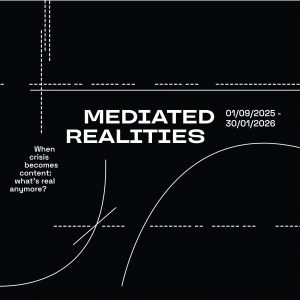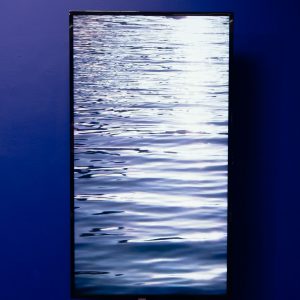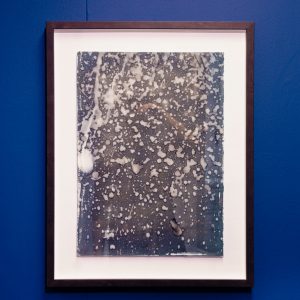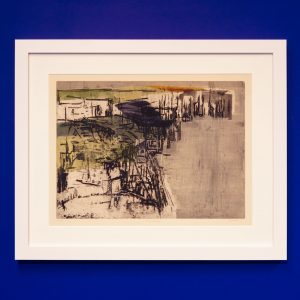
Sam Parker reflects on 2 years with the Art Collection
Our Team Assistant's, Sam Parker's, time with us is coming to an end - he reflects on the past 2 years working with us here.

Our Team Assistant's, Sam Parker's, time with us is coming to an end - he reflects on the past 2 years working with us here.

COMING SOON - An new exhibition exploring the way artists have dealt with times of crisis and conveying information in the modern era - curated by our Team Assistant; Sam Parker.

Yue lives and works in Shanghai and internationally. Her video and photography practice takes the ‘everyday’ and the ‘beauty of insignificance’ as its focus, using readily available tools – such as her mobile phone camera – and minimal editing techniques to make deceptively simple works. Want to know more? Find out here!

Many of her works are inspired by the shifting reflections of sunlight on water. She grew up in a disused watermill turned family home, surrounded by rivers, canals and ponds ‘shining, sparkling, glittering, moving, flowing’ – as well as spending time living in Cornwall, exploring the changing qualities of the sea and sky. Want to know more? Find out here!

'Spring Rain 09.12.22' draws contrast between the perception of rain in Manchester - where the regular wet weather is often a cause of annoyance - and Morocco – which experiences an annual drought, worsened each year by climate change. Want to know more? Find out here!

Christiane Baumgartner is best known for her monumental woodcuts based on her own films and video stills, exploring themes of time, place and memory. These works are selected from a set of four prints presented by the Contemporary Art Society in 2023. Want to know more? Find out here!

Turner is a photographic practitioner based in the North West of England, who uses photography to explore and contemplate the relationship between the land and the individual. In an ongoing practice, he uses books and prints to gather ideas into bodies of work that are simultaneously concerned with existential ideas and personal interactions. Want to know more? Find out here!

Selfie offers a different kind of self-portrait, using a highly reflective surface that acts like a black mirror. The camera has zoomed out far beyond the Earth’s atmosphere, allowing the viewer to simultaneously ‘see themselves, the world, and everything they’ve ever known, all in one frame’. Want to know more? Find out here!

Almond’s practice spans installation, film, sculpture and photography, considering themes of memory, sense of place, and the passing of time. His ongoing ‘Full Moon’ series captures the unique light and atmosphere during full moon lunar phases. Want to know more? Find out here!

This work, simply signed ‘Connal’, was an early acquisition for the Collection. Our research suggests this is Betty Connal (1935-1999). Connal was born in the UK and studied at the Atelier 17 art school in Paris, under the renowned surrealist and abstract expressionist printmaker Stanley William Hayter. Want to know more? Find out here!